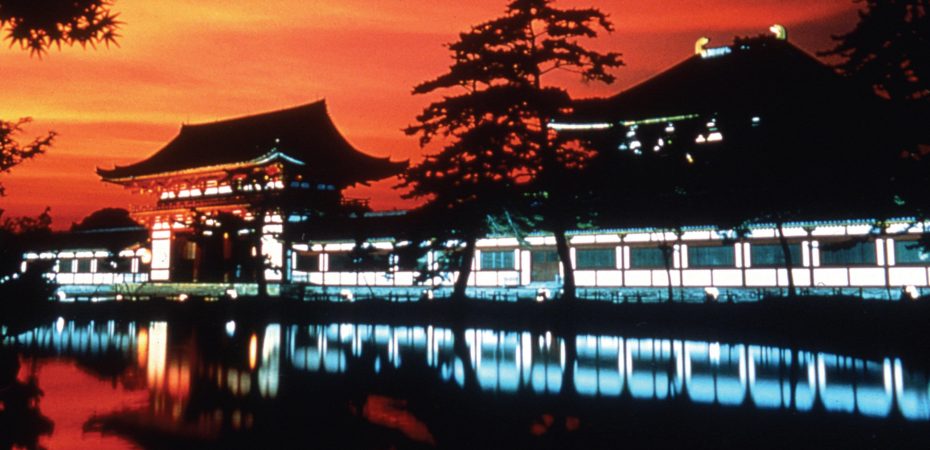The growing popularity of beer and football is spreading peace and harmony across the world.
Not since fish and chips have two cultural pillars so perfectly complemented one another. At the recent World Cup in Germany, Japan supporters could be seen in the streets of Munich high fiving with Ivory Coast, Brazil and Australia fans.
In the bars, there were at least two subjects for peoples of nations divided by many thousands of miles to communicate about, without necessarily knowing a word of each other’s language.
“Asahi is like German beer. We feel at home here,” was the inference drawn from the communicative efforts of one group of Japan supporters in Munich’s famous Hofbrauhaus.
Another was: “Next time we must wait later in the game before scoring against Brazil,” but that’s another issue entirely.
The fact is that a lot of Japanese beer does resemble German beer, and particularly the beers of Bavaria. Many are brewed using German hops and to the specifications of German brewing, which rule out additives, fruit and pretty much anything except that without which beer cannot be beer: hops, malt and water.
Beer has existed in Japan for less than 150 years. If your staple food is rice rather than wheat, beer just isn’t going to happen until it’s brought to you by the wheat growing nations of the world.
Which is what happened – in around 1870, American William Copeland founded Japan’s first brewery to supply Westerners. His brews caught on locally and it wasn’t long before the Japanese began to brew beer for themselves.
Someone, somewhere must have had a crystal ball, because Japan not only started brewing beer, but planned and constructed an entire beer industry from scratch. It was decided at a very early stage that there should only be a small number of very large breweries in Japan, and no small ones. A law to this end was passed forbidding breweries to make less than a certain amount of beer.
It took just 10 years for Japanese beer production to exceed imports.
The law forbidding small brewers was only relaxed in 1994, since when micro and regional brews have popped up everywhere, along with brew pubs. Their beer is of varying quality, ranging from the worst excesses of dodgy home brew to some true wonders.
It seems the big brewers played a big part in the emergence of their new regional rivals. The emergence of Asahi Super Dry in 1987 changed Japanese brewing. Demand for it exploded. Other breweries launched ‘super dry’ products. People realised that beer didn’t have to be as it had always been. After only a few years, the oligarchic laws were scrapped.
But for a century or more, Japanese beer was all of a similar style – crisp, well-made, refreshing of the palate and with a clean aftertaste. Good beer, but not much variety outside the mainstream.
And despite the recent emergence of the regional breweries, the Japanese beer market is still dominated by the big five. Though it may be more accurate to speak of the big four – Asahi, Sapporo, Suntory and Kirin – plus Orion, based on Okinawa, which is much smaller.
The five between them account for all 31 of Japan’s major brewing sites.
Article continues in Issue 7 of Beers of the World

